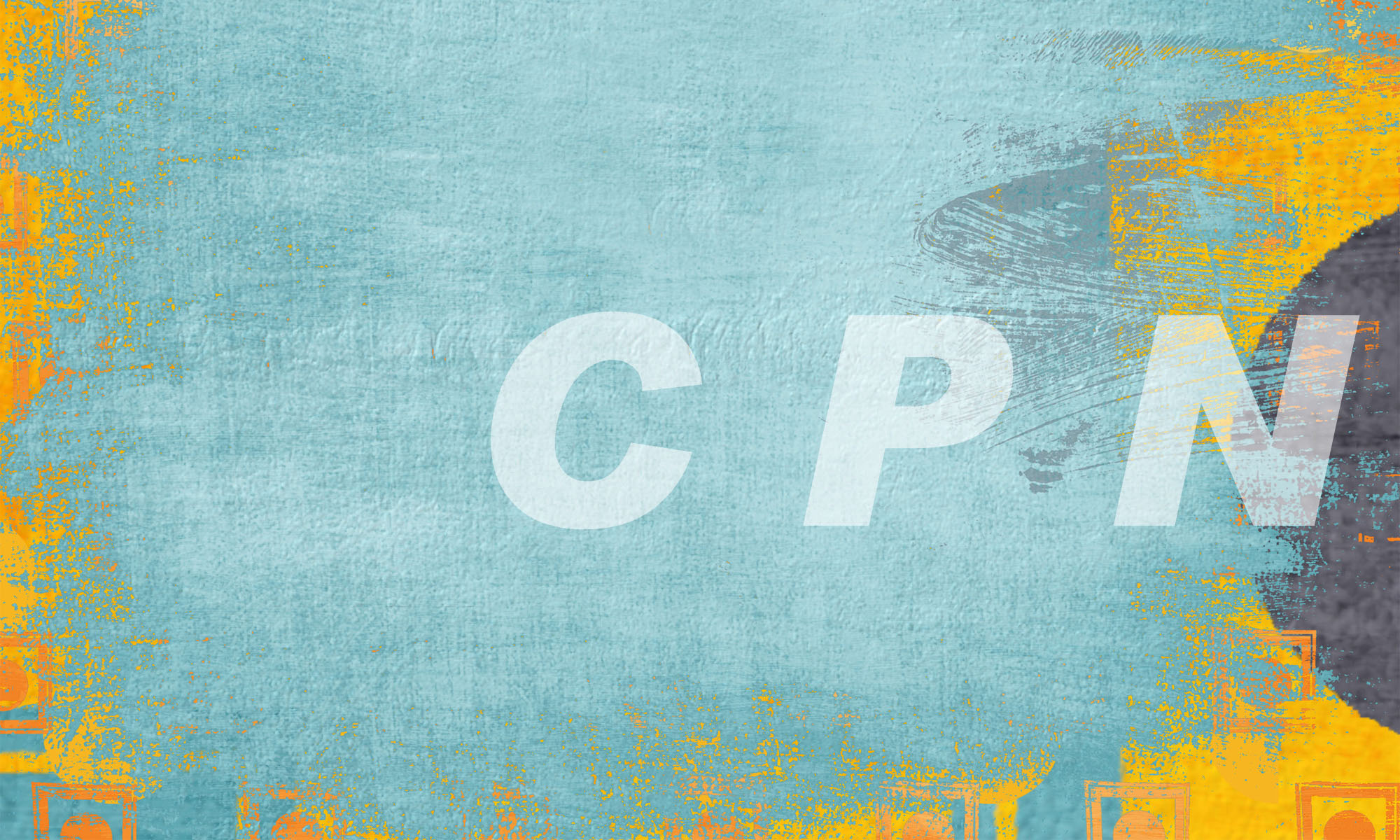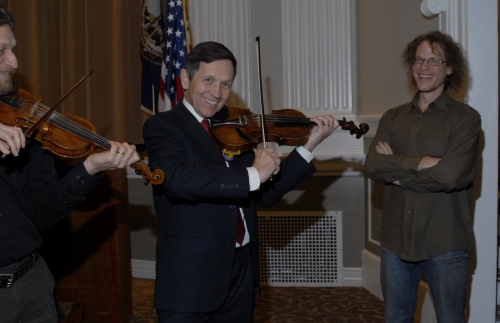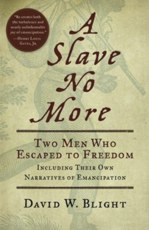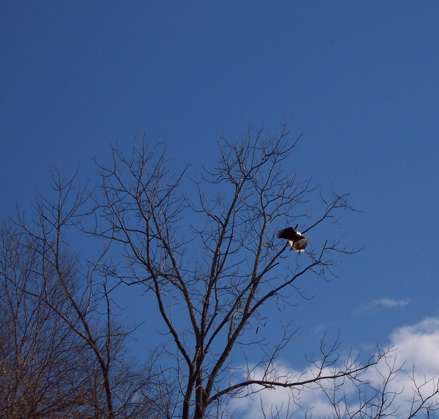Imagine you are on a voyage to the bottom of the sea, or simply looking along the bottom of a clear stream observing lobsters or crayfish waving their antennae. Looking closer, you see them feeling around with their legs and flicking their antennules vDj” the small, paired sets of miniature feelers at the top of their heads between the long antennae. While the long antennae are used for getting a physical feel of an area, such as the contours of a crevice, the smaller antennules are there to both help the creature smell and also to sense motion in the water that could indicate the presence of food, a mate or danger. The legs also have receptors that detect chemical signatures, preferably those emanating from a nice hunk of dead fish.
For more information about the show or to see the full text, visit the Oscar Show’s blog.

 Presidential candidate
Presidential candidate 
 Dr. Michael Papa is a chiropractor and the author of
Dr. Michael Papa is a chiropractor and the author of  Slave narratives are extremely rare, with only 55 post-Civil War narratives surviving with only a handfulG,V of those are in the first-person. Two newly discovered accounts and the biographies of the men who wrote them join that exclusive group with the publication of the new book
Slave narratives are extremely rare, with only 55 post-Civil War narratives surviving with only a handfulG,V of those are in the first-person. Two newly discovered accounts and the biographies of the men who wrote them join that exclusive group with the publication of the new book  Brian Wheeler of Charlottesville Tomorrow joins Coy Barefoot each Monday on WINA’s “Charlottesville–Right Now!” to talk about growth and development. This week: an update on the
Brian Wheeler of Charlottesville Tomorrow joins Coy Barefoot each Monday on WINA’s “Charlottesville–Right Now!” to talk about growth and development. This week: an update on the  On December 2, 2007, the
On December 2, 2007, the  This week, the Rambler reports on a trip on the South Fork from below the South Fork Rivanna Reservoir to Riverview Park in Charlottesville in preparation for a site visit by the VA Department of Conservation & Recreation, which is gathering information about this stretch of the river. Sightings of bald eagle and the attempt to capture the moment by camera lead to thoughts about ” what’s in a designation, after all?”
This week, the Rambler reports on a trip on the South Fork from below the South Fork Rivanna Reservoir to Riverview Park in Charlottesville in preparation for a site visit by the VA Department of Conservation & Recreation, which is gathering information about this stretch of the river. Sightings of bald eagle and the attempt to capture the moment by camera lead to thoughts about ” what’s in a designation, after all?”